Tab Article
The text of this book has been presented in three parts to differentiate uncommon, common, and spotted diagnostic cases so that it becomes easy to study, imbibe and reproduce in theory and practical examinations.
Chapters 1–20 Specific Uncommon Symptomatic Cases, practically addressed as ‘Long Cases’, to assess the practical capability in postgraduate practical examinations. These cover-up mainly cranial, orbital, and paranasal sinus lesions such as chiasmal lesions, ophthalmoplegia, nerve paralysis, carotid-cavernous lesions, orbital trauma, and hemorrhage cysts and tumor, paranasal sinuses, and nasopharyngeal lesions. Chapter 20 deals with the most recent innovative regenerative ophthalmology with
stem cell therapy for ophthalmic maladies like optic atrophy, age-related macular degeneration, retinitis pigmentosa, corneal opacity, and corneal degeneration/atrophy in which the patient leads a vegetative life and is considered to be a burden on the family and society. Stem cell regenerative therapy helps in these cases to regain vision to an extent that they can lead a life without being a burden on the family or the society.
Chapters 20–40 Specific Uncommon Symptomatic Cases, practically addressed as ‘Short Cases’, to assess the practical capability in undergraduate practical examinations. These cover over 80% of the common maladies of the eye that can be easily handled by residents/postgraduate students and junior faculty in the out-patient clinics.
Chapters 40–50 Specific Uncommon Symptomatic Caseshave common congenital anomalies. As these cases have typical symptoms, the clinician can diagnose with one glance at the patient, his face, and his eyes.
This book will serve as a handy text | reference for undergraduate and postgraduate students and as a ready-reckoner for ophthalmologists in practice as well as the young faculty engaged in teaching case studies.




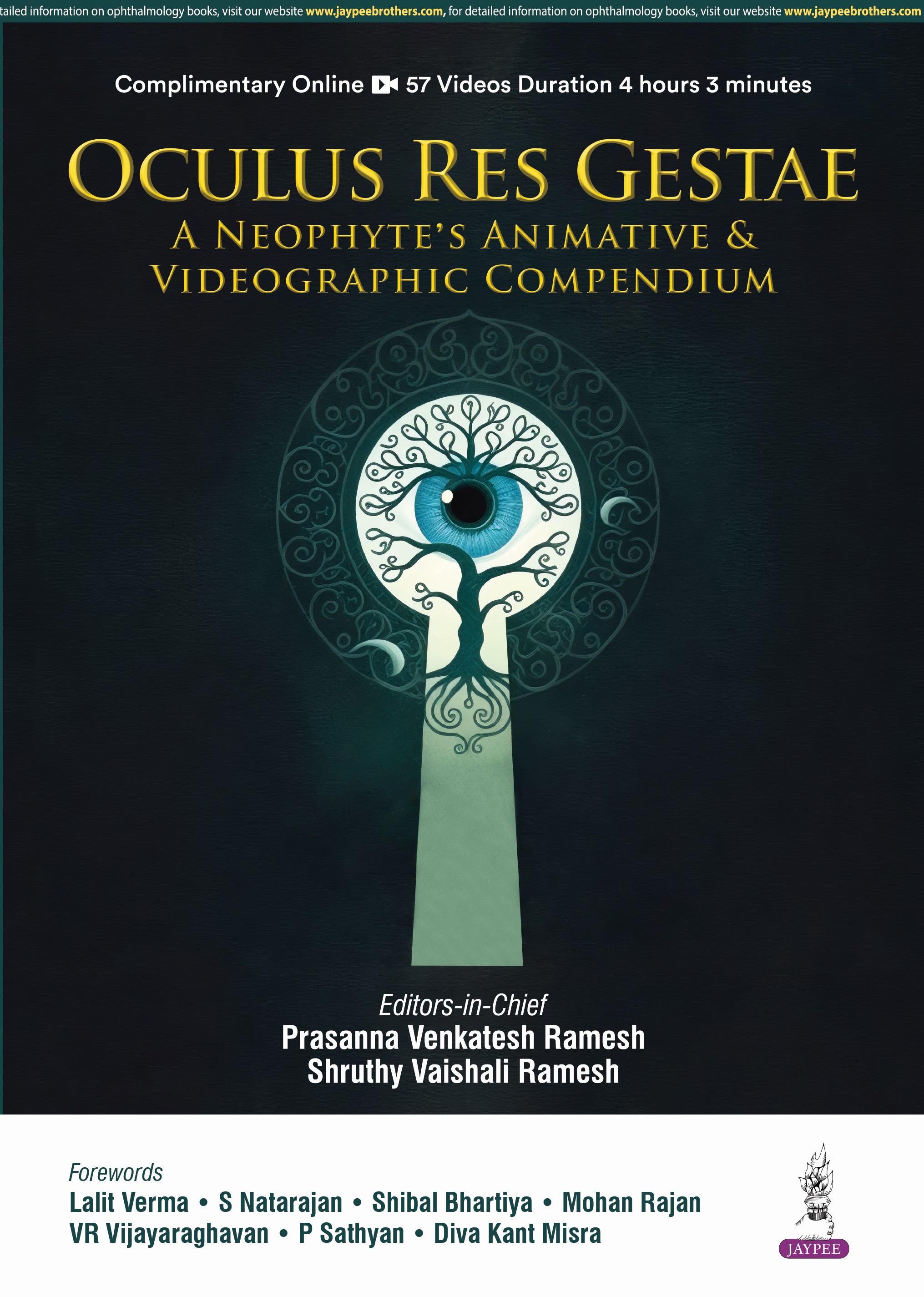
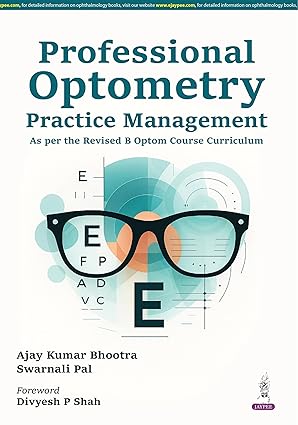
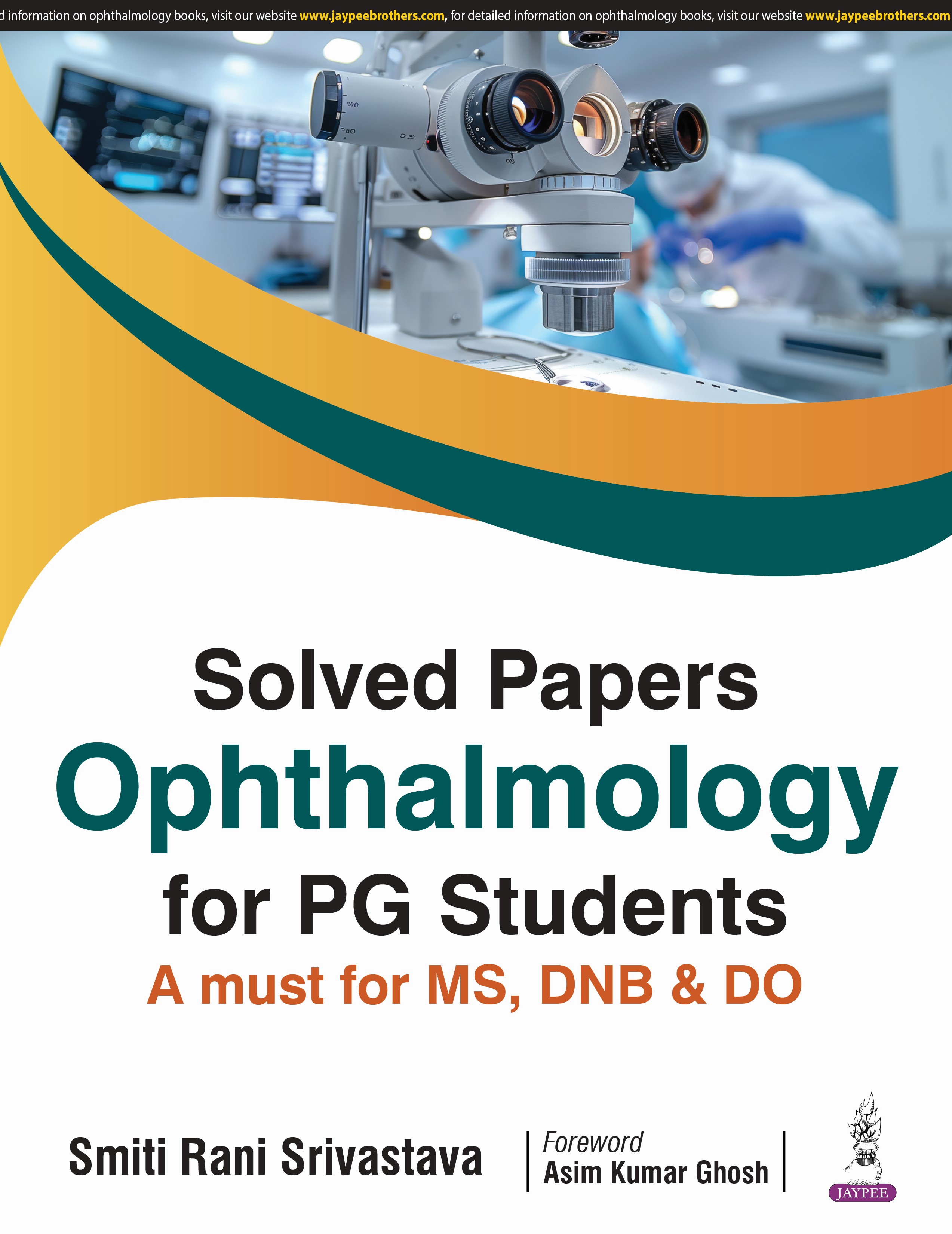

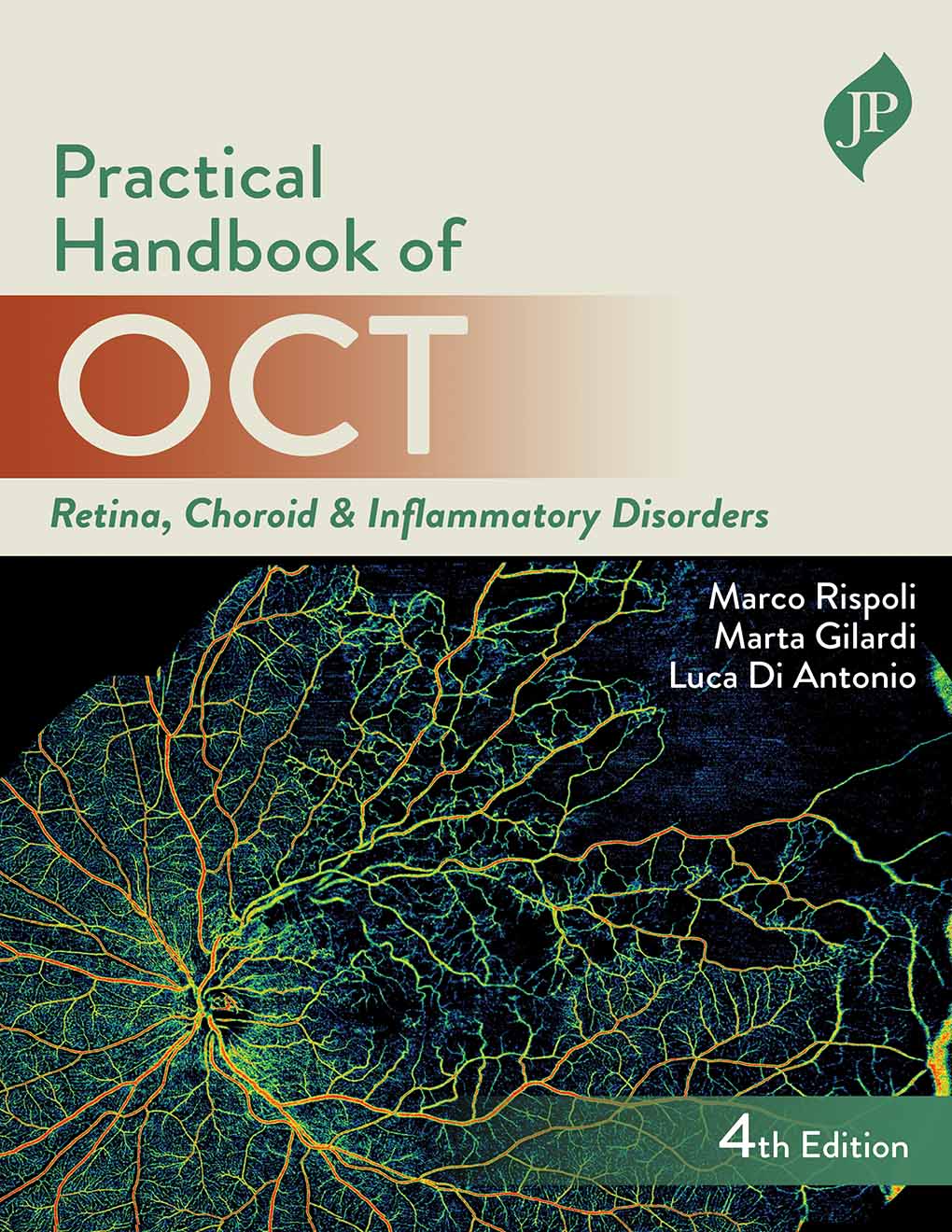
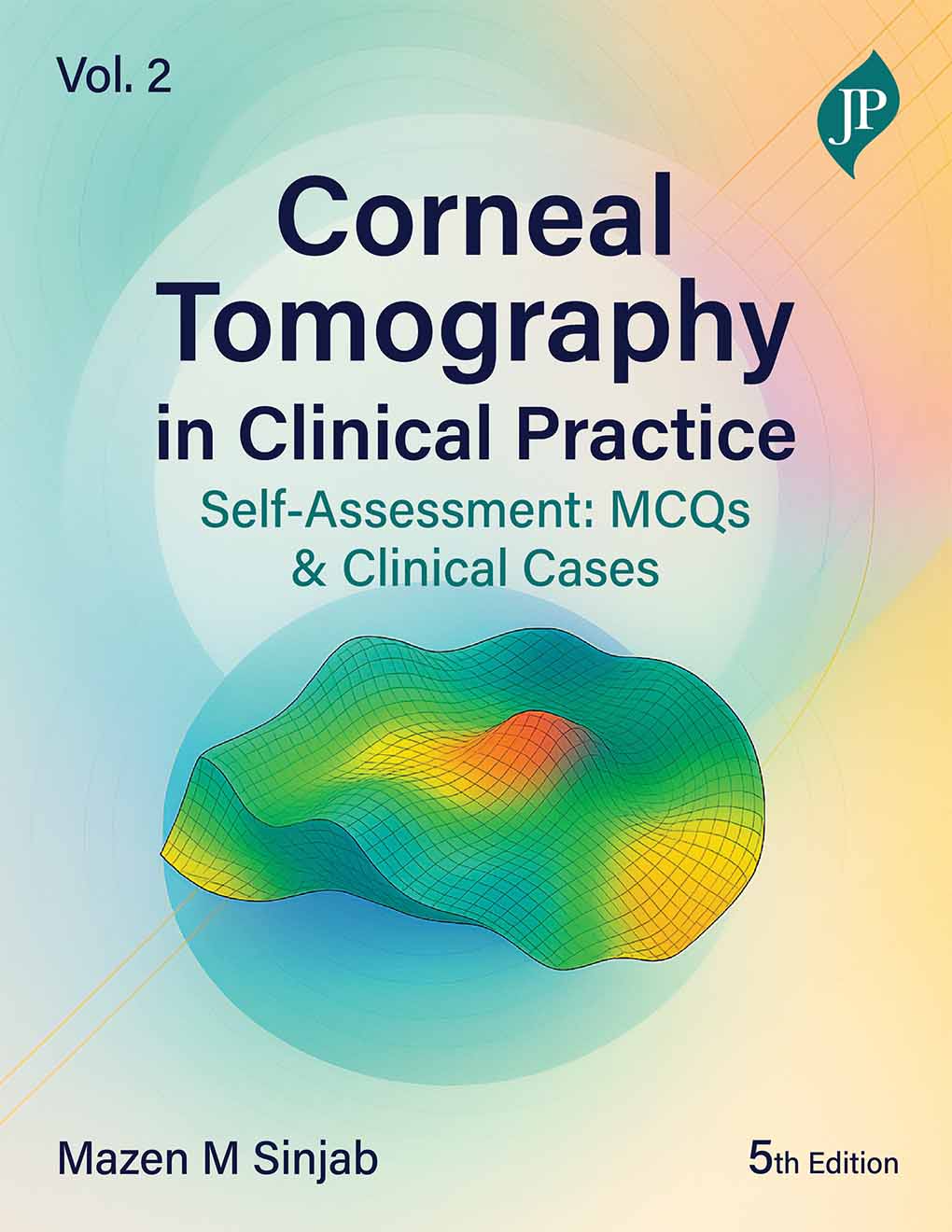
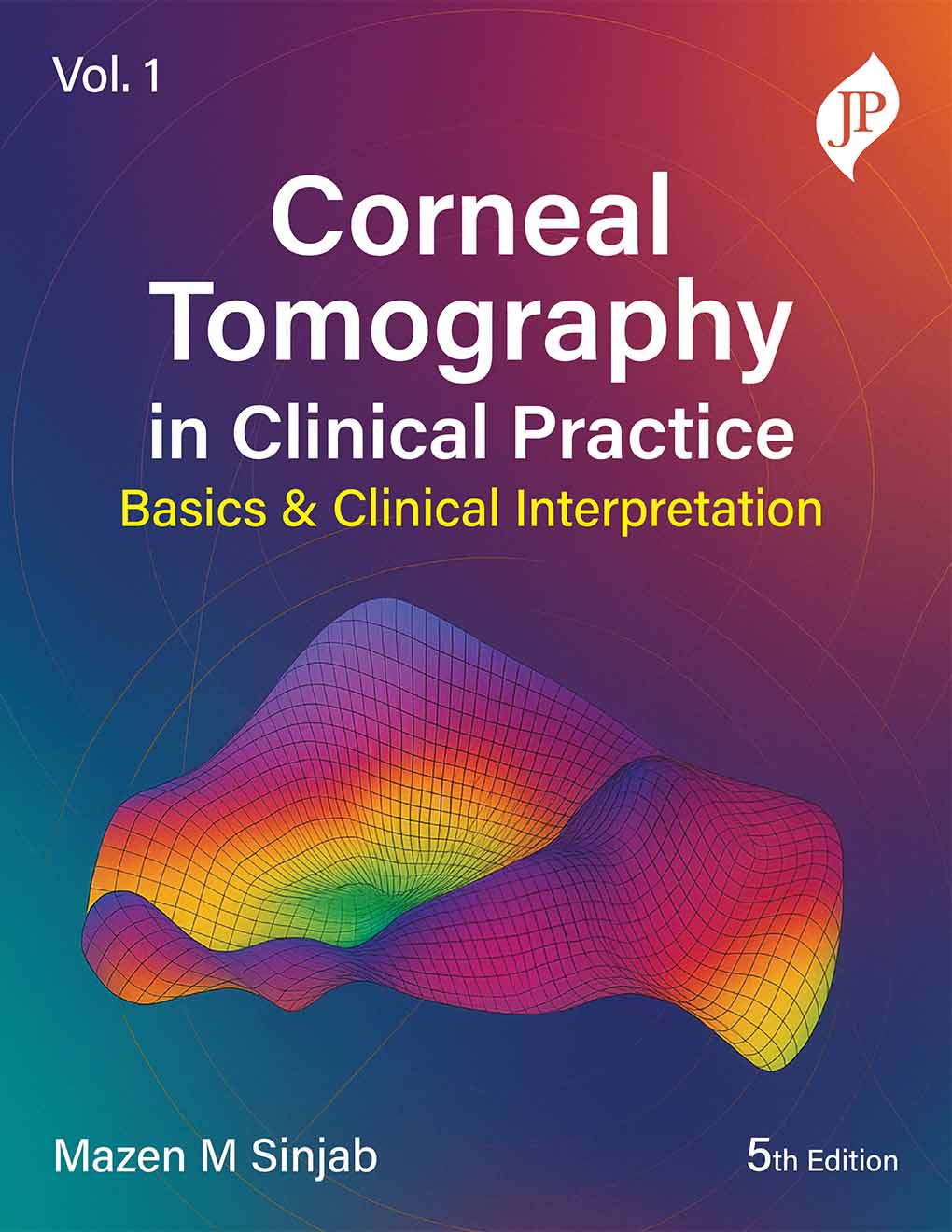


 is a series of multiple volumes, planned with a very specific aim to cater to the needs of residents in ophthalmology. Volume editors of this series make a team of like-minded and.jpg)
Sathiabalan
Verified PurchaseBest one stop for medical books and equipment.